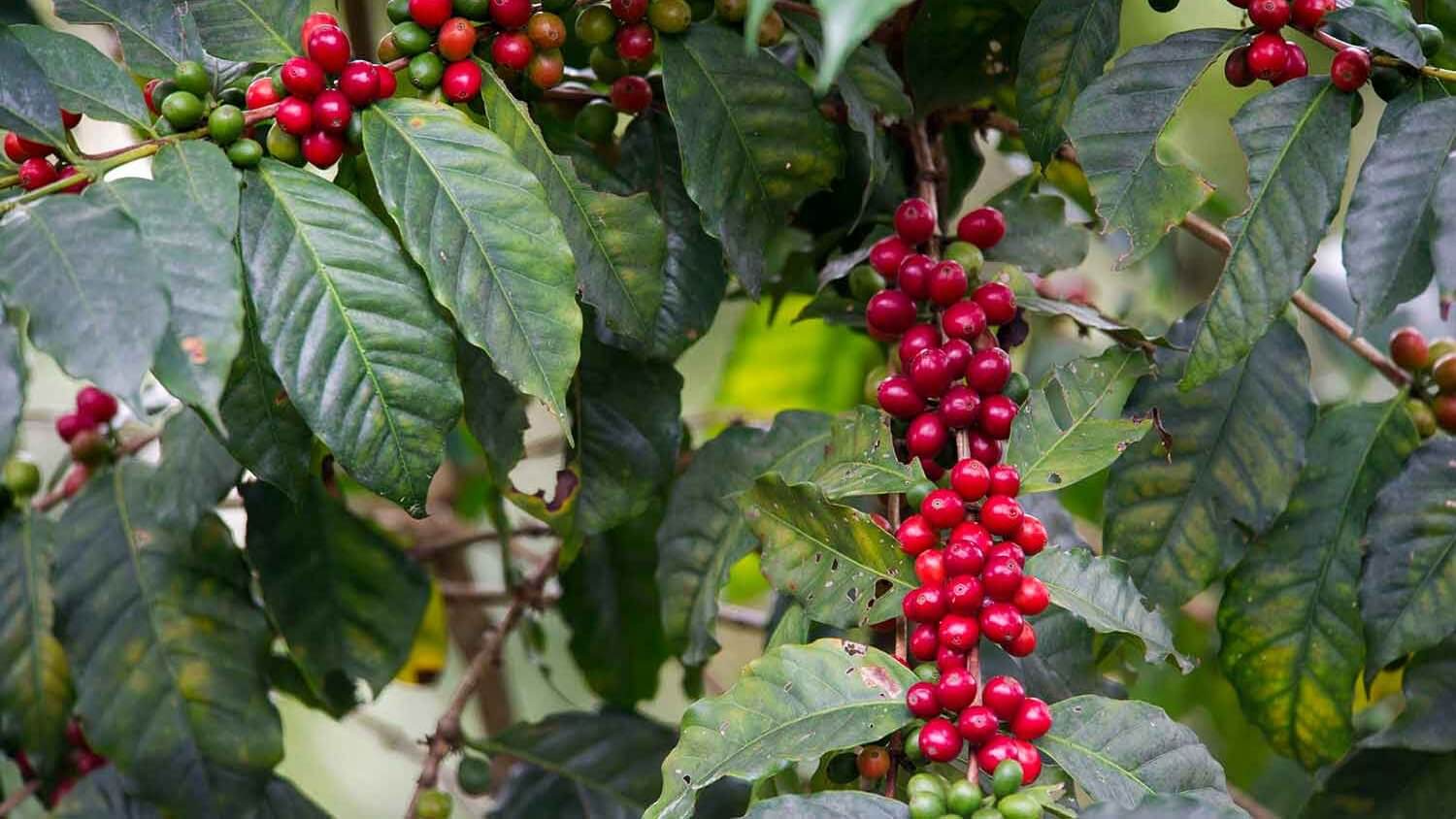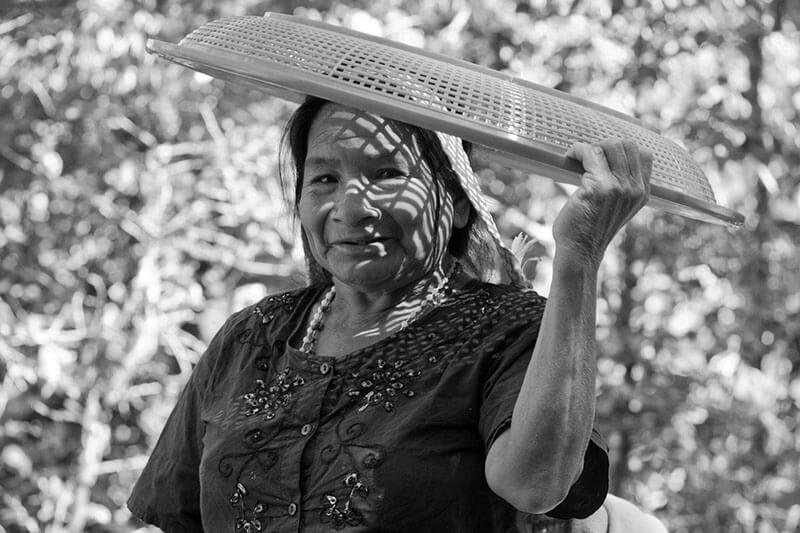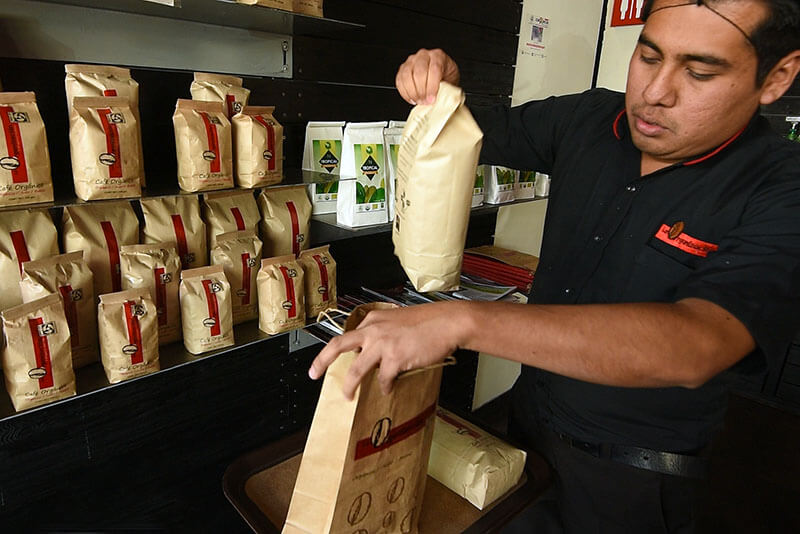In all parts of the world, coffee is one of the most beloved beverages. It is often preferred to other naturally produced beverages such as tea and cocoa, for its higher content in caffeine. Originally from the coffee forests of the Ethiopian plateau where it was discovered centuries ago, coffee is now grown and exported from many tropical countries in Africa, Asia, and Latin America.
In Mexico, where the new Livelihoods-CEPCO project is being launched, organic coffee is the main source of income to more than 100,000 farmers, who are mainly smallholders. But how is the global coffee market growing? Who are the most producing and consuming countries? What will be the organic market share in the coming years? Here are 5 key facts and figures about coffee production.
1. Coffee bean is the second most traded commodity in the world
After petrol, coffee beans are the most traded commodity in the global market. This trade is quite emblematic of the globalisation effect, since the production of coffee is exclusively located in the South, but its processing and marketing are largely dominated by Northern countries. World coffee production has been increasing sharply since 2000. Today, it exceeds 150 million bags per year, meaning more than 9 million tons (most of the packaging is in bags of 60 kilos). From 1996 to 2001, an average of 5 million tons of coffee were exported each year to the world out of a total production of 6.5 million tons. [1]

2. More than 25 million farmers around the world are involved in coffee production
Originally from Yemen and Ethiopia, coffee is now grown in more than 50 countries in the tropical belt. At global level, 25 million people directly make a living from the crop, but it is estimated that around 100 million people are involved in this agricultural sector. Plus, 70% of the farms are held by smallholders who own less than 10 hectares. Cultivated in Latin America, Africa and Asia, coffee is mainly consumed in the United States, Europe, and Japan. In the early 1990s, these three regions accounted for over 80% of imports.
3. Latin America accounts for 70% of the global production
Latin America dominates the market with 70% of world production. It is followed by Asia (20%) and Africa (10%). In some southern countries, coffee is the main source of wealth. For instance, it accounts for 25% of Guatemala’s Global Domestic Product, more than 10% of Brazil’s and almost 50% of Ethiopia’s. Climatic hazards and diseases like the coffee rust which hit Central America in the 2010s, that could lead to a poor harvest can therefore be devastating for these economies. Brazil is the largest producer, as well as the largest exporter at global level.
4. After water, coffee is the second most consumed beverage
It is estimated that consumers drink 2.6 billion cups of coffee, every day and worldwide. The most consuming countries are in Europe: Finland is the leading consumer of coffee with 12 kilos per capita per year, followed by Norway with 9.9 kilos. France is ranked 17th with 5.4 kilos consumed per year, compared to only 0.25 kilos of tea per capita. The strongest increase in coffee consumption in the past few decades was observed in Japan, which increased its consumption per capita by 30% between 1990 and 2010.
5. The global demand for organic coffee is about to double by 2026
With a market size estimated at $6.8 billion in 2018, organic coffee is projected to reach $12.6 billion by 2026. The Arabica coffee variety, which counts for 60% of the global coffee production (versus 40% of robusta) is expected to dominate the organic coffee market share. The health benefits associated with coffee (for instance coffee consumption lowering cholesterol, boosting immunity, preventing neurological diseases…) along with changing consumer trends who tend to choose more ecofriendly products, are anticipated to drive the global market for organic coffee.
[1] According to the 2021 “Coffee organic market” report by Allied Market Research.




